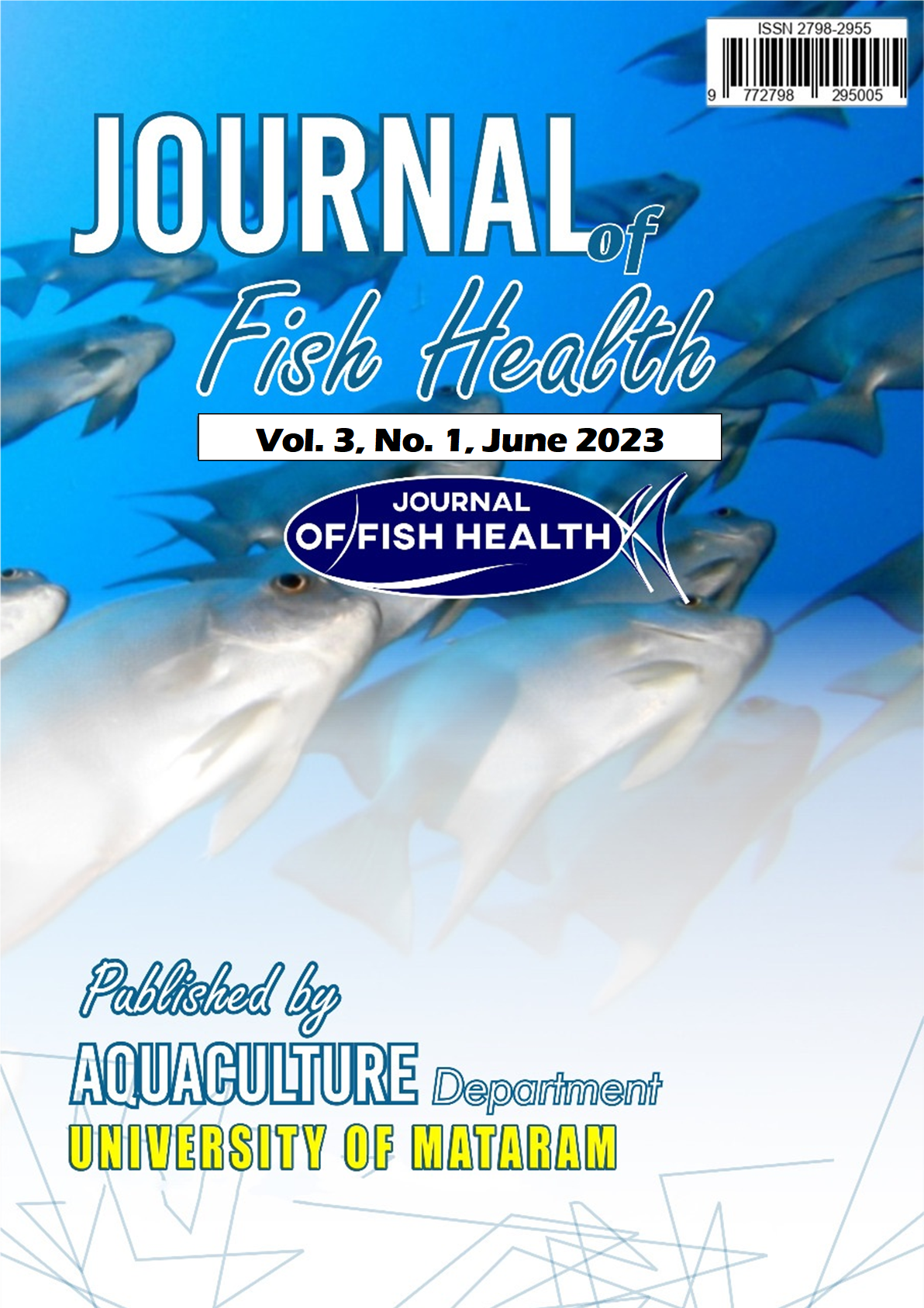ORNAMENTAL FISH PRODUCTION MANAGEMENT AT MAHKOTA BETTA FISH, LINGSAR, WEST LOMBOK
Keywords:
Cultivation, Ornamental Fish, Production ManagementAbstract
Ornamental fish are one of the fishery commodities that have high economic value and are also one of the export commodities in Indonesia. This provides an opportunity for farmers to increase ornamental fish production in Indonesia. Ornamental fish are quite well-known by the public as aquarium decorations. Ornamental fish are a type of fish that live in fresh water or sea water that have attractive and beautiful body shapes or colors. This research aims to evaluate the cultivation techniques of ornamental fish at the Mahkota Betta Fish, Langko Village, Lingsar District, West Lombok Regency, West Nusa Tenggara. The research method involved observation, interviews, and ornamental fish cultivation activities. Data collection was carried out through observation and interviews, as well as engaging in ornamental fish rearing activities. The research results showed that can be drawn from this study is to be able to know, understand, and practice ornamental fish cultivation techniques carried out in Mahkota Betta Fish which are carried out in several stages to create quality results or seeds, namely pond preparation, broodstock preparation, media preparation for eggs, hatchery, nursery, enlargement, water quality management, and harvesting.
Downloads
Published
Issue
Section
License
1. The copyright of this journal belongs to the Editorial Board, based on the author's consent, while the moral rights of the publication belong to the author(s).
2. The formal legal aspect of journal accessibility refers to the same Creative Common Attribution + Noncommercial + ShareAlike (CC BY-NC-SA), implying that publication can be used for non-commercial purposes in its original form.
3. Every publication (printed/electronic) is open access for educational, research and library purposes. In addition to the objectives stated above, the editorial board is not responsible for copyright infringement















